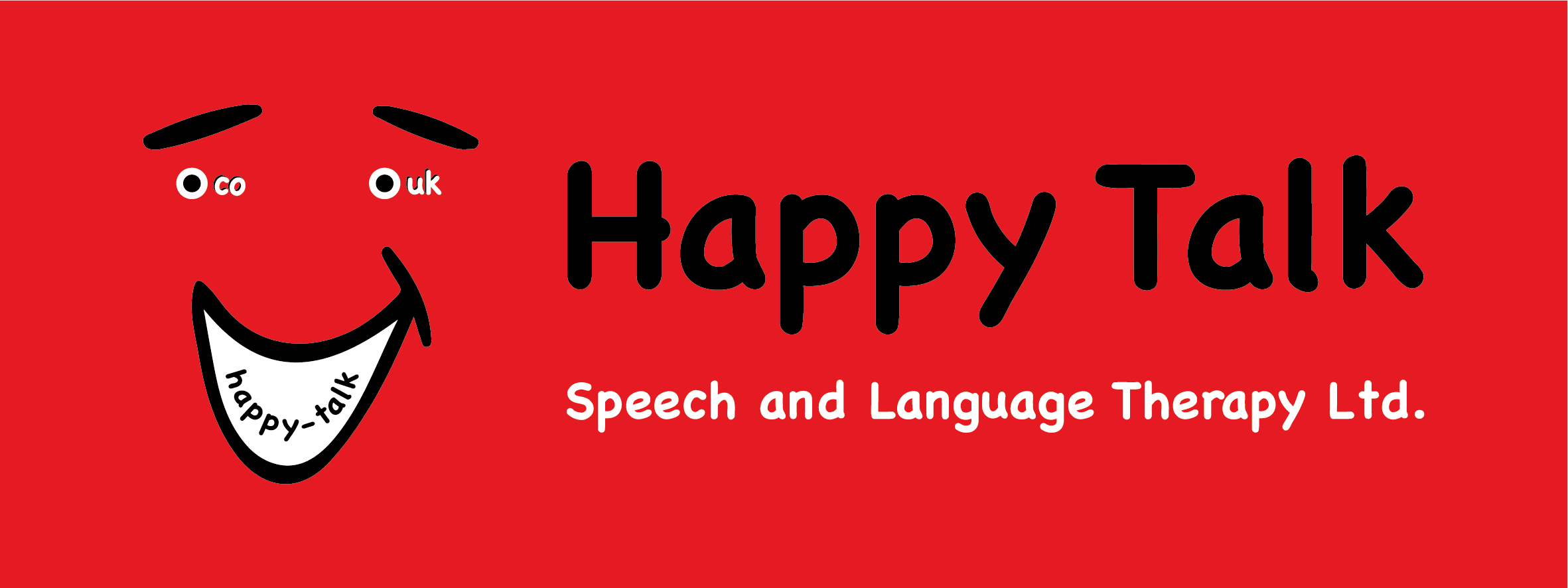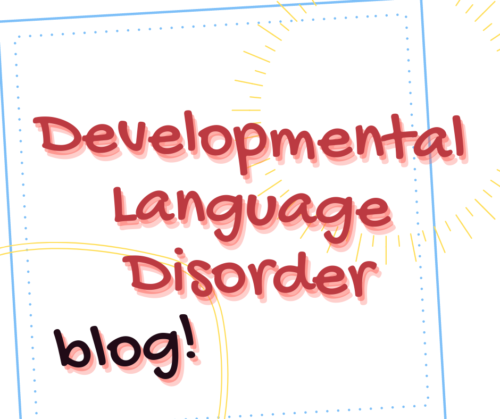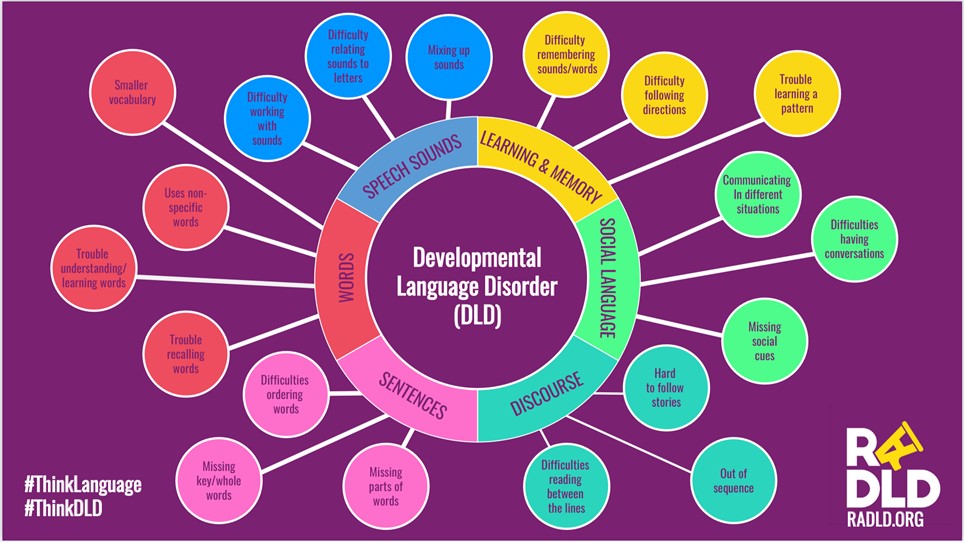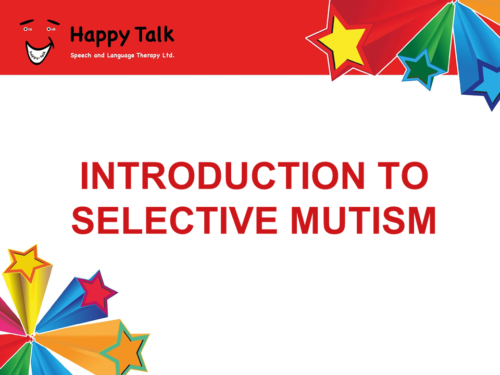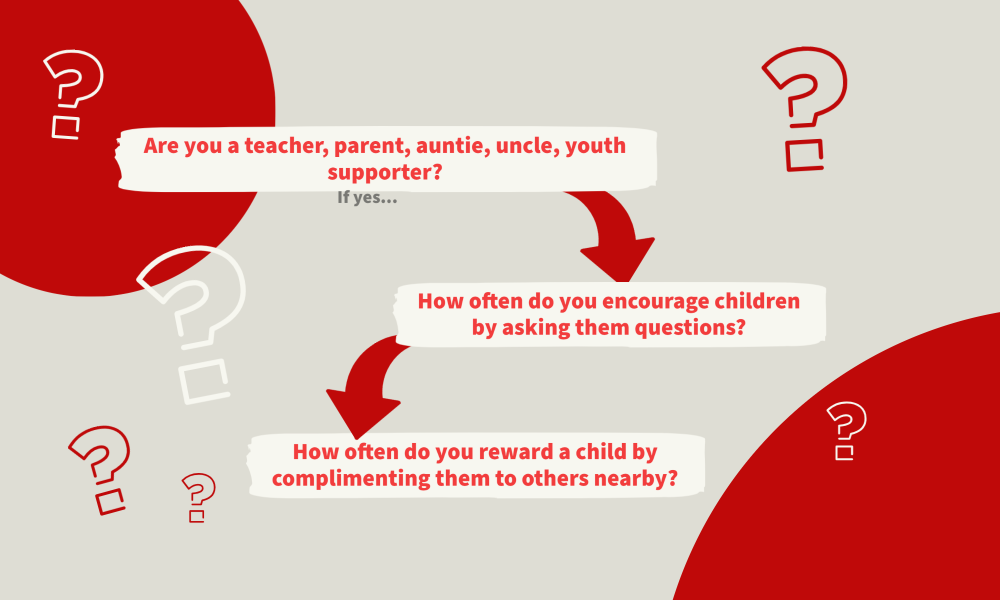Throughout the Coronavirus pandemic, the use of online platforms such as Zoom and Microsoft Teams has become the norm. From work meetings and doctors’ appointments to family quizzes and the iconic phrase “you’re on mute!” We have all become accustomed to working and socialising in a different way.
This has also applied to speech and language therapy, with Telehealth being offered to provide assessments and therapy sessions where face-to-face appointments have not been possible. While face-to-face is widely thought to be the best model of delivery for speech and language therapy with Telehealth as a temporary fix, online therapy has proven to be an effective alternative in the delivery of assessments and intervention for children, young people and adults with speech, language, and communication needs.
Here at Happy Talk, we have been able to develop a robust Telehealth service and a new way of working which offers convenience and accessibility to our clients in addition to our well established Peripatetic and Clinic-based services. Telehealth enables you to access speech and language support:
- From the comfort of your own home
- From wherever you are in the country
- Without long waiting lists
- With reduced driving time
- With more accessibility in rural areas
- With more accessibility in areas with lack of specialists
- With engaging and interactive activities
Since beginning the Telehealth service at Happy Talk, we have seen benefits when delivering the following assessments and interventions online:
- Speech assessments and therapy
- Language assessments and therapy
- Stammering assessment and therapy
- Assessment for Selective Mutism
Therapy sessions are also prepared and available in PowerPoint format, allowing you to continue to practice at home. We also provide ongoing advice and strategies, regular emails, and flexibility when scheduling your session to include evenings and weekends.
We are excited to be able to extend our service and offer online therapy to our clients. Contact us today to find out if Telehealth could be beneficial for you or your child!


